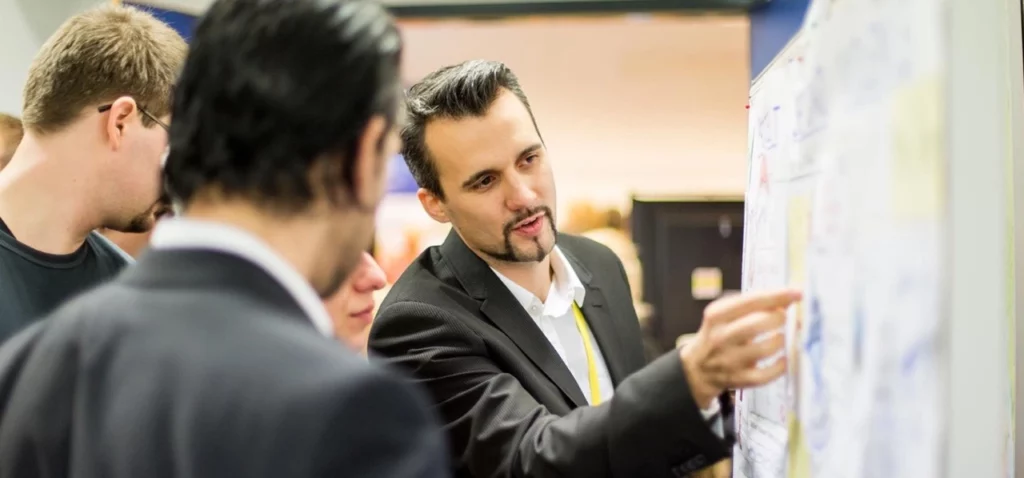Blog Introduction: Making decisions can be difficult, especially when there are a variety of perspectives and opinions involved. How do you make sure everyone’s voice is heard in the decision-making process? The S.P.A.D.E framework provides an innovative approach to making hard decisions with real consequences for a company or group that provides an alternative to consensus decision-making while still considering everyone’s opinion on the matter at hand and eliminating bias or favoritism as much as possible during the decision-making process.
Setting the Decision
The first step of the framework is setting the decision which involves three primary dimensions of what, when and why. This will help narrow down what type of decision needs to be made and who should be involved in making that decision. It also helps establish goals for each specific decision so that all parties involved understand what they are trying to achieve from this process and how it will ultimately benefit their organization or group as a whole.
Generating Alternatives
Once you have set the initial parameters, it is time to generate alternatives which involves brainstorming different options and models that could potentially be used to evaluate each option’s impact on the overall goal of the project or organization in question. During this step, it is important to assess the feasibility, diversity and comprehensiveness of each option in order to make sure all potential solutions are considered before making any final decisions.
Examples of Successful Decisions Using S.PADe Framework
One example of successful implementation of this framework was done by a team at Microsoft who used it to decide which new product lines they should pursue in 2013 based on customer feedback and market research data from past releases and launches in order to ensure maximum customer satisfaction with their products going forward into future years. Another example was done by a healthcare provider who used this framework when deciding which new services they should offer patients based on trends in patient demand over time as well as insights from surveys and interviews conducted with current patients about their needs and preferences for medical care services provided by said provider.
Conclusion:
The SPADe framework provides an effective toolkit for teams who need an alternative method for making tough decisions that takes everyone’s opinion into account while still being efficient and unbiased in its approach towards problem solving within an organization or group setting. It has been successfully implemented by many companies across various industries including tech giants like Microsoft as well as healthcare providers looking for ways to better serve their customers through improved service offerings tailored specifically towards patient needs and preferences.. By following this framework, businesses can rest assured knowing they have made sound decisions backed up by data-driven evidence rather than relying solely on consensus alone which may not always be reliable or effective depending on the situation at hand.. So if you are looking for a more efficient way to make tough decisions quickly without compromising quality, give SPADe a try today!


